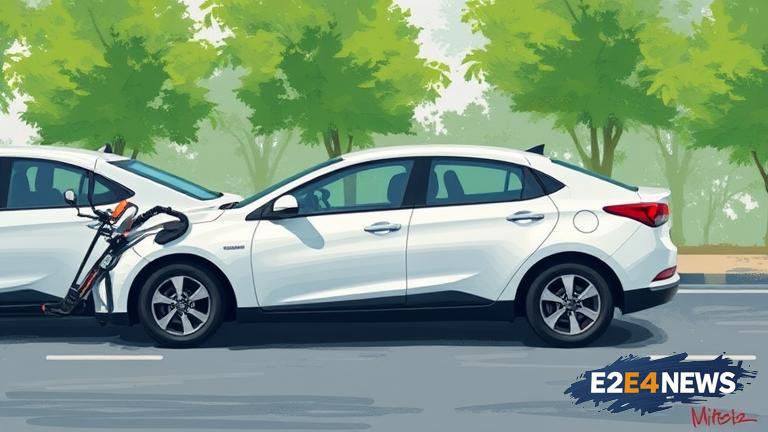The Indian government has been actively promoting the adoption of electric vehicles (EVs) as part of its clean mobility initiative. In recent years, several states have announced policies and incentives to encourage the use of EVs, with some even going so far as to offer subsidies and tax breaks to consumers who purchase them. However, this trend has raised questions about the role of hybrid vehicles in the country’s transition to clean mobility. While hybrids offer a compromise between traditional fossil fuel-powered vehicles and EVs, many states are now siding with EVs as the preferred choice. One of the main reasons for this is the perceived environmental benefits of EVs, which produce zero tailpipe emissions and are seen as a key component in reducing India’s greenhouse gas emissions. Additionally, the Indian government has set ambitious targets for the adoption of EVs, aiming for 30% of all new vehicle sales to be electric by 2030. As a result, many states are investing heavily in EV infrastructure, including charging stations and manufacturing facilities. But not everyone is convinced that EVs are the best choice, with some arguing that hybrids offer a more practical and affordable solution for many consumers. Despite this, the trend towards EVs is clear, with many major automakers investing heavily in electric technology and several new EV models set to hit the market in the coming years. The implications of this trend are far-reaching, with potential impacts on everything from air quality to the economy. As India continues to navigate the challenges of clean mobility, it will be interesting to see how the debate over EVs and hybrids plays out. Some of the key factors that will influence the adoption of EVs include the development of charging infrastructure, the availability of affordable and reliable EV models, and the effectiveness of government incentives and policies. Furthermore, the role of public transportation and the potential for EVs to disrupt traditional mobility models will also be important considerations. In the end, the future of clean mobility in India will likely involve a combination of different technologies and approaches, but for now, it seems clear that EVs are the preferred choice for many states. The Indian government’s commitment to reducing emissions and promoting sustainable development will also play a crucial role in shaping the country’s clean mobility strategy. As the world’s third-largest emitter of greenhouse gases, India has a significant opportunity to make a positive impact on the environment by transitioning to clean mobility. With the right policies and investments in place, India can create a thriving EV industry that benefits both the economy and the environment. The country’s clean mobility journey is just beginning, and it will be exciting to see how it unfolds in the years to come.
